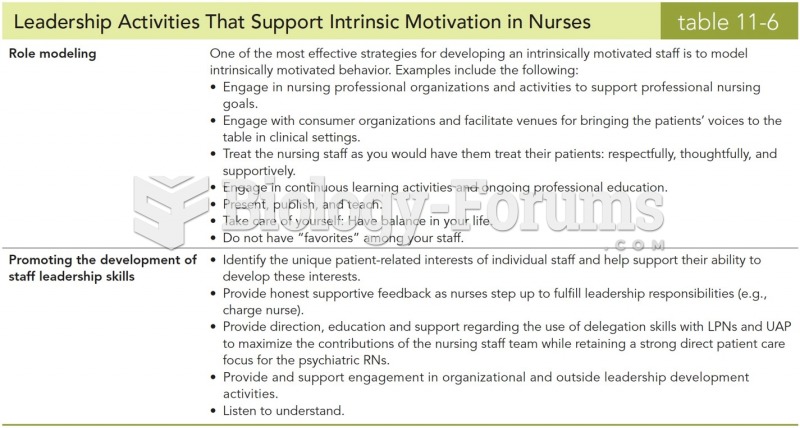Answer to Question 1
Affirmative action programs provide preferential hiring and admission requirements for minority applicants. The programs apply to all minority groups, including women. They require employers to (a) make active efforts to locate and recruit qualified minority applicants and (b) in certain circumstances, have hard quotas under which specific numbers of minority members must be accepted to fill vacant positions. Affirmative action programs require that employers demonstrate, according to a checklist of positive measures, that they are not guilty of discrimination.
A major dilemma with affirmative action programs is that preferential hiring and quota programs create reverse discrimination, in which qualified majority group members are sometimes arbitrarily excluded. Supporters of affirmative action programs note that the White majority expressed little concern about discrimination when its members were the beneficiaries instead of the victims. They also assert that there is no other way to make up rapidly for past discrimination against minorities, many of whom may presently score slightly lower on qualification tests simply because they did not have the opportunities and the quality of training that the majority group members have had. Affirmative action programs raise delicate and complex questions about achieving equality through preferential hiring and admissions policies for minorities.
Minority candidates who receive positions that are perceived by other workers as the result of affirmative action are often viewed by the other workers with suspicion, which sometimes results in toxic tension in the workplace. Critics note that such tension has not brought a color-blind society (which was the hope), but instead has brought an extremely color-conscious society. As a result, critics assert that affirmative action is now a highly politicized and painful remedy that has stigmatized many of those it was meant to help. Critics further assert that affirmative action may have been necessary 60 years ago to ensure that minority candidates received fair treatment to counter the social barriers to hiring and admission that stemmed from centuries of unequal treatment. But today, such programs are no longer needed. Supporters of affirmative action programs believe that it has helped a number of women and people of color to attain a good education and higher-paying positions, and thereby to remove themselves from the ranks of the poor. They maintain that, in a society where racist and sexist attitudes remain, it is necessary to have affirmative action to give women and people of color a fair opportunity at attaining a quality education and well-paying jobs.
Answer to Question 2
A







